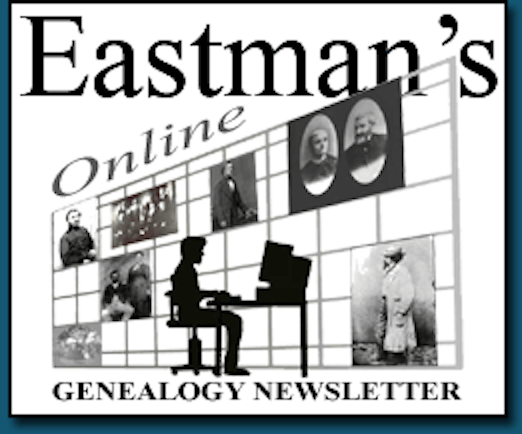A warning to readers, this story contains graphic content.
A man has been a sentenced in one of Canada’s first genetic genealogy cases, where a victim remains alive.
Bradley Britton, 62, from Innisfil, pleaded guilty to two historical sexual assault offences against 20-something women in the GTA between 1987 and 1993.
He was sentenced to eight years in prison, five for the initial Toronto incident and three for a second Oakville matter, during which the judge commented on the “stark horror” the victims must have felt during the incidents.
On May 23, 1987, Britton snuck into a woman’s Toronto bedroom around 3 a.m., put his hand over her mouth and held a kitchen knife at her neck, telling her to remain quiet so that he would not hurt her.
The woman, whose identity is protected by court order and is only known in legal documents as N.G., had a one-year-old child sleeping beside her in bed.
On that night, Britton removed his tank top, covered the woman’s eyes with it and penetrated her, telling her to say the sex was better than her husband, who was sleeping in the next room with two older daughters aged five and nine.
Britton asked her to have an orgasm.
In “stark fear,” she complied.
On his way out, Britton, 24 at the time, demanded she not tell anyone about the incident, noting that he knew who she was and where she lived.
Police would later identify pry marks on the front door, court documents said.
A little over five years later, Britton ran up on a petite woman, aged 20, known as A.N., grabbed her by the neck and pushing her under a highway alcove.
Britton undid his pants, masturbated himself and then penetrated her with both his hands around her neck.
“He told her not to tell anyone and that he would be watching her,” court documents said.
The victim was crying and telling Britton she did not want to have sex. Afterwards, A.N. was forced to wave down a passing car for help.
Justice Clayton Conlan told the court that Toronto and Halton police had engaged in a “dogged, determined” investigation with the help of Othram, a genetic genealogy laboratory in Texas to solve the first Canadian sex assault case using this technology.
Britton was arrested in 2023, some 30 years after the second attack.
N.G. is now deceased, but Conlan told the court her daughters’ victim impact statements were heart-wrenching, explaining how N.G. was never the same person again.
“Not physically,” he said. “Not mentally. Not in any way.”
As for Britton, the court heard how despite him holding a lengthy criminal record, not including any convictions for sex assault, assault or weapon offences, he’d been off the books in terms of crimes since 1989.
He is divorced, has a son and comes from a dysfunctional background, where he was exposed to violence, substance and sexual abuse.
The mitigating factors in the case include Britton taking responsibility for his crimes, advising that he’s been drug and alcohol free for years and his ongoing remorse for his crimes.
The defence recommended house arrest for two years and three years probation, but the court also heard the maximum sentence for these crimes was 14 years for the crime against N.G. and 10 years for the crime against A.N.
Conlan laid out the aggravating factors in stark terms.
“Britton vaginally penetrated two complete strangers, one who was sleeping in the sanctity of her own home and with her infant beside her in the bed and the other who was simply walking back home from the movie store,” he wrote. “Britton used violence against these women. He threatened them. He disrespected, demeaned, humiliated and violated them in ways that are difficult to understand.”
If you’ve been a victim of sexual assault please contact 911, your local police or 1-888-579-2888 for the 24/7 Victim Support Line to get connected with resources.
 Latest News Articles
Latest News Articles Do you have an RSS newsreader? You may prefer to use this newsletter's RSS feed at:
Do you have an RSS newsreader? You may prefer to use this newsletter's RSS feed at: